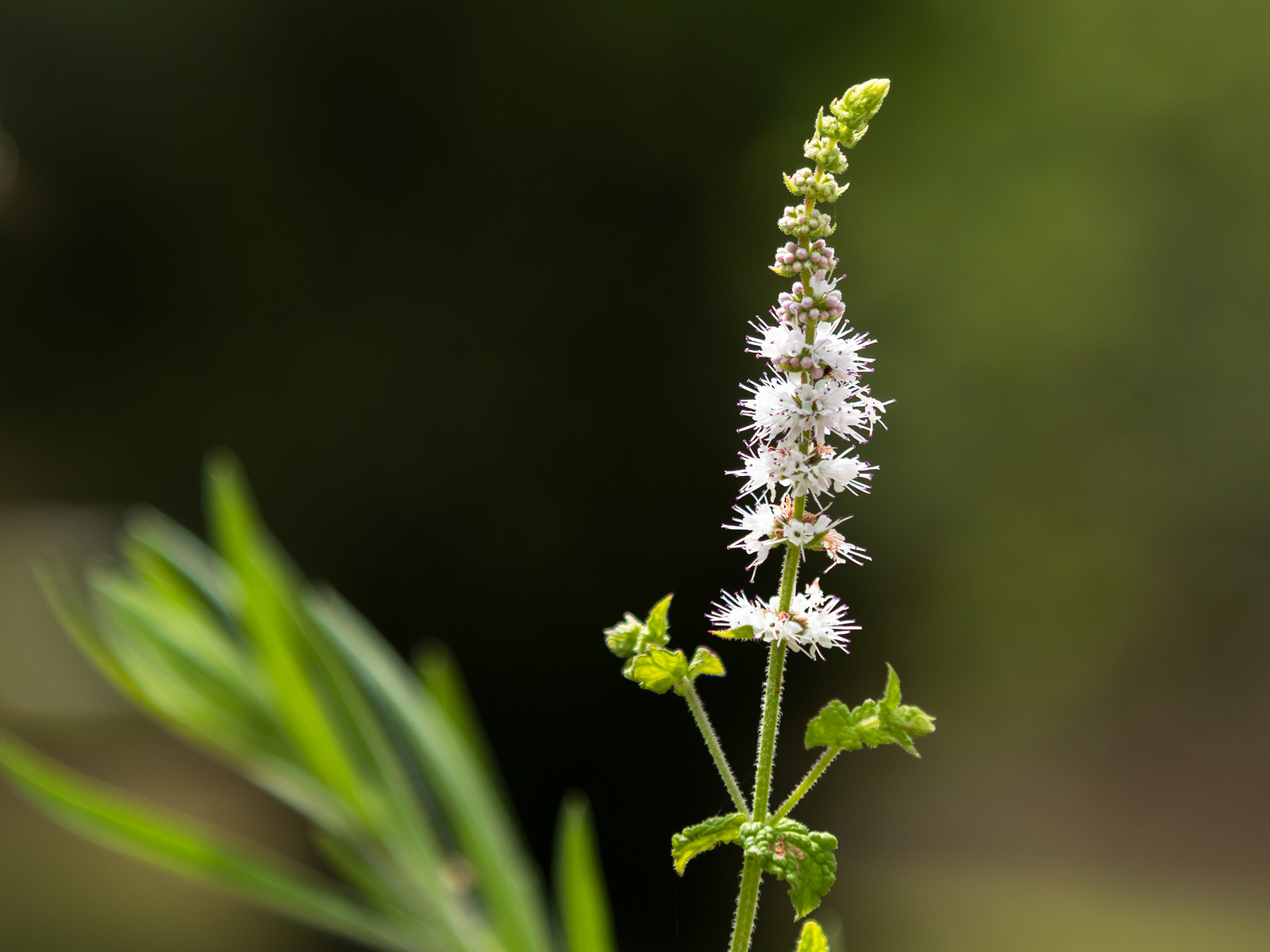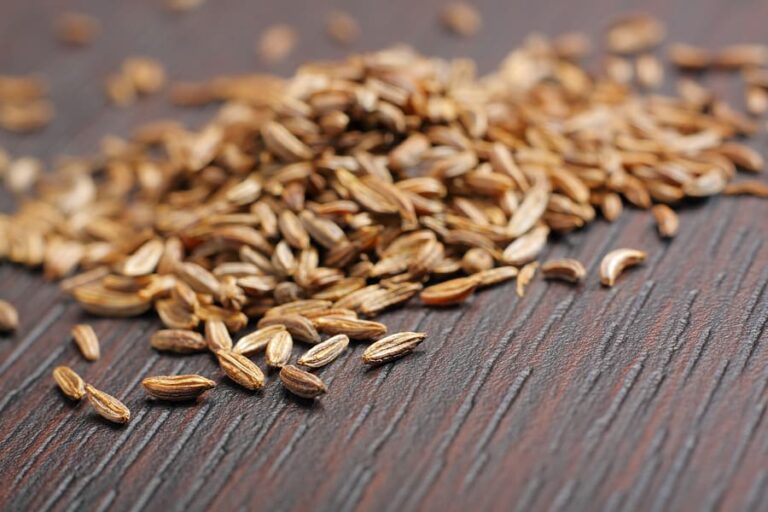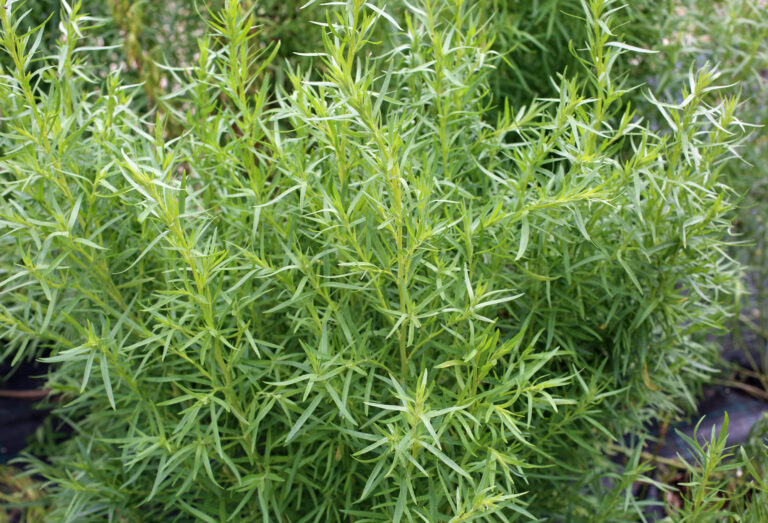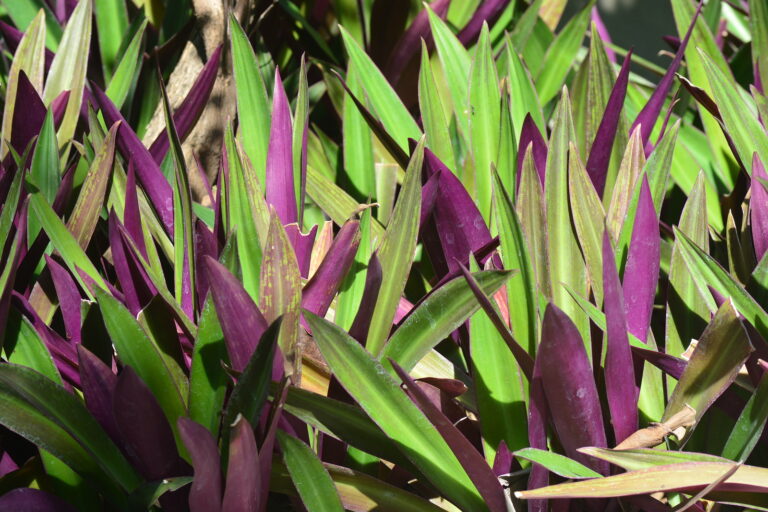How to Grow Bugbane — Cimicifuga
Cimicifuga–commonly called Bugbane–is a long-lived perennial with wand-like spires of creamy white flowers. Cimicifuga is also called black snakeroot.
Cimicifuga makes a bold statement in bloom at the back of shady borders. It is a good choice for woodland gardens interplanted with ferns.
Cimicifuga can grow to 4 feet tall. Slim spikes of small white flowers rise from clumps of shiny, dark green leaves that are deeply divided and toothed. Clumps can remain undisturbed for many years. Divide large clumps in early spring before growth begins.
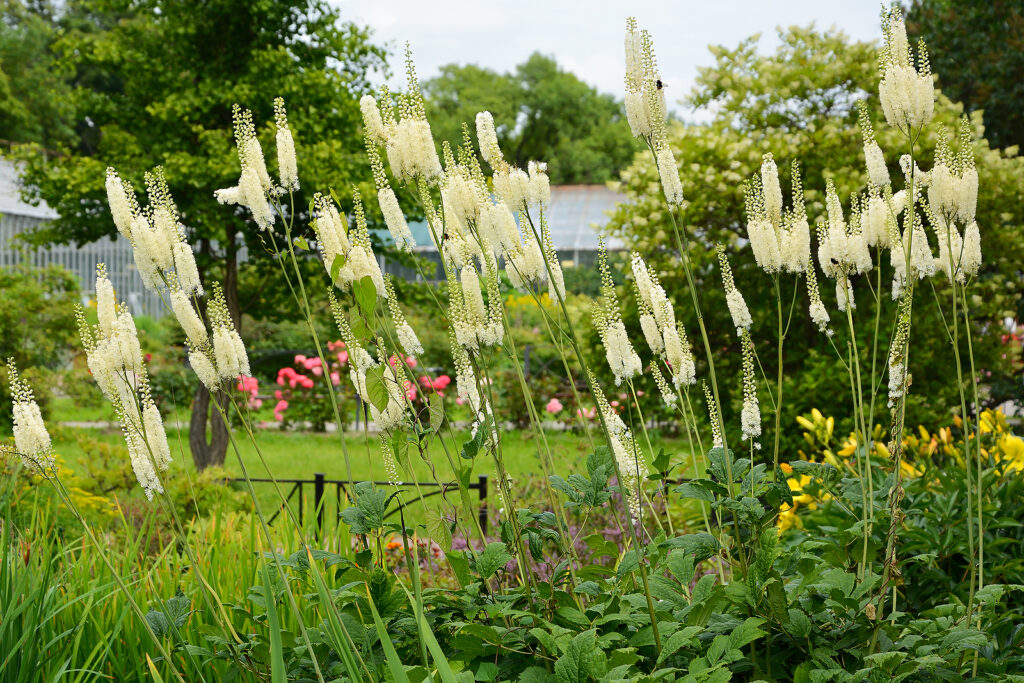
Get to know Cimicifuga
- Plant type: Perennial, long-lived
- Growing Zones and range: 3-8
- Hardiness:
- Height and width: 4’- 7’ tall (1.2-2.1m), 2’- 3’ wide
- Foliage: Open cluster of large compound leaves with toothed leaflets; plants grow from a stout, fibrous-rooted crown
- Flowers: Elegant, tall spikes of small, ½ inch creamy white flowers, fuzzy stamens, not petals; 10-15 bloom stalks at maturity
- Bloom time: Late summer to late fall
- Uses: Add to the shade garden, woodland garden, natural shady areas
- Garden companions: Phlox, daylilies, ferns, hostas, wildflowers
- Common name: Bugbane, black snakeroot, black cohosh
- Botanical name: Cimicifugo spp.
- Family: Ranunculaceae
- Origin: Grassland and woodland in North temperate regions
Where to plant Cimicifuga
- Cimicifuga prefers part shade but will tolerate full sun if constantly moist. Protect from afternoon sun in warmer regions.
- Grow Cimicifuga in deep, humus-rich, acidic soil
Cimicifuga uses and companions
- Plant Cimicifuga in large stands in flower borders and woodland gardens
- Good garden companions for Cimicifuga include Aconitum, Anemone hybrida, Chelone, Hosta, Ligularia Monarda, Physotegia virginiana.
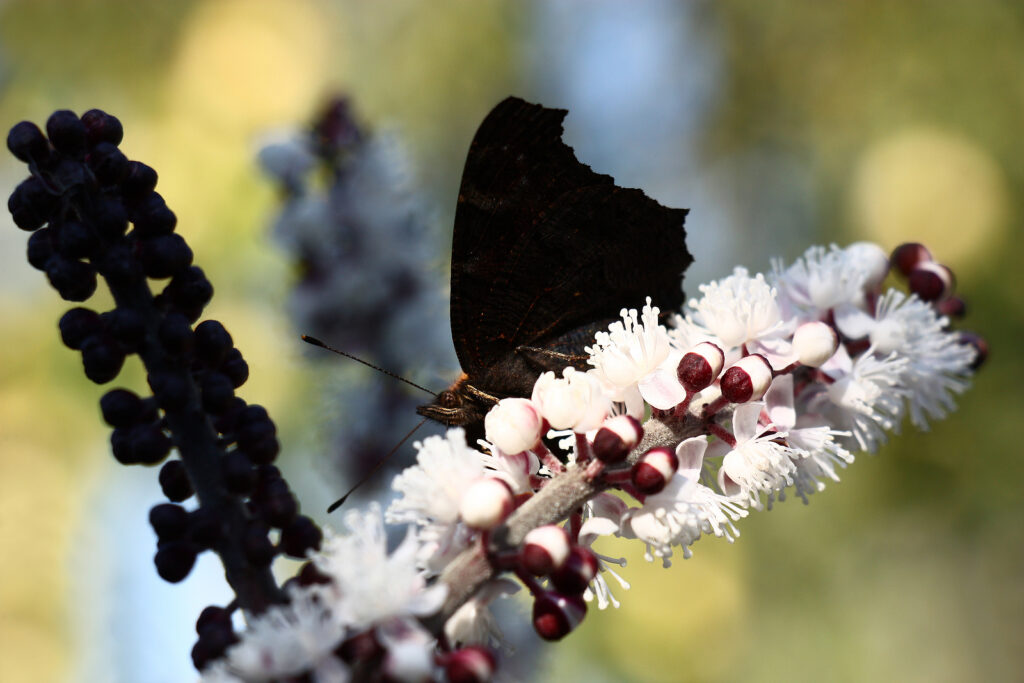
When to plant Cimicifuga
- Set established Cimicifuga in the garden in spring.
Planting and spacing Cimicifuga
- Space Cimicifuga plants 2 to 3 feet (.75-1m) apart.
- Cimicifuga takes several years to reach flowering size
How to water and feed Cimicifuga
- Keep Cimicifuga well-watered or leaves will turn brown and plants will become stunted. Somewhat drought-tolerant once established.
- Fertilize Cimicifuga with an all-purpose fertilizer early in the season and again at midseason.
Cimicifuga care
- Mulch around Cimicifuga to retain moisture.
- Divide Cimicifuga every 3 or 4 years.
- Diseases and pests are commonly not a problem.

Cimicifuga propagation
- Divide clumps with a sharp knife in fall or spring. Leave at least one bud per division.
- Sow seed outdoors in fall. Seeds may germinate in about 6 weeks at 70°F (21°C), but sometimes can take two seasons to germinate.
Cimicifuga varieties to grow
- Cimicifuga japonica; While flowers on purplish-black, leafless stalks; grows to 4 feet tall.
- C. racemosa, black snakeroot: can grow to 6 feet tall and may need staking.
- C. ramosa: Fall-blooming with flower stems to 7 feet tall; cultivar‘Atropurpurea’ has dark purple foliage and is lower growing.
- C. simplex: Fall-blooming; plumes grow from 3 to 5 feet high; ‘White Pearl’ has large flower spikes.

